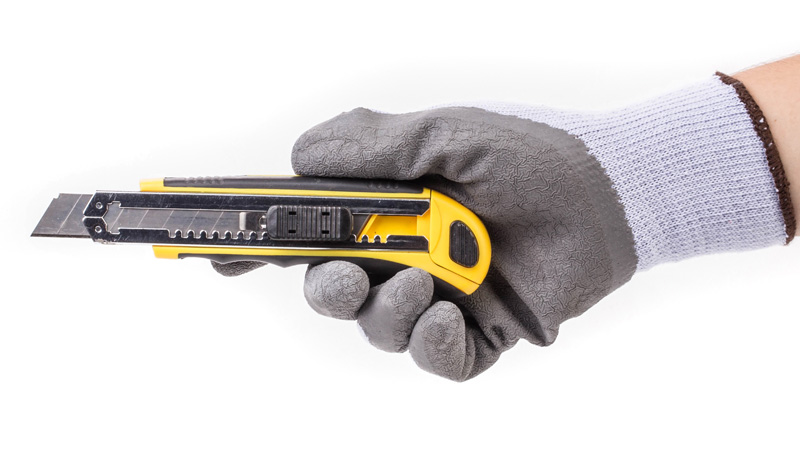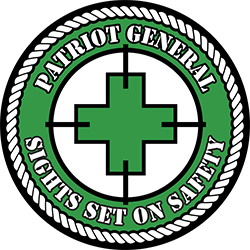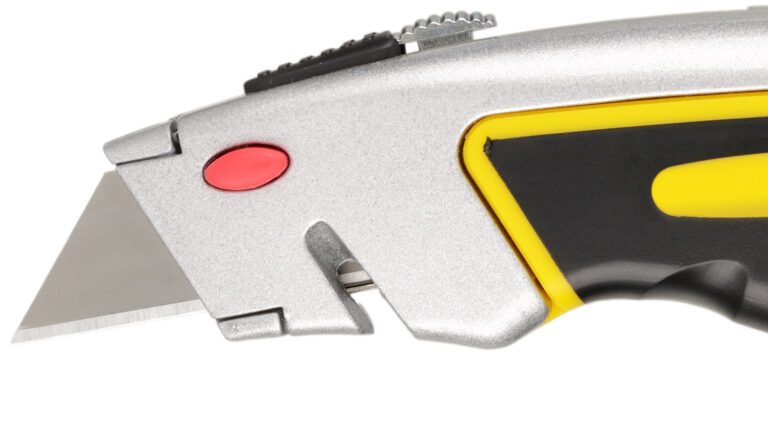Knives are extremely dangerous tools. One study done on injuries related to knife use reported 8.2 million injuries that needed to be treated in the ER between 1990 and 2008. That is an average of almost 1,200 injuries a day. There are many companies that prohibit the use of fixed open blade knives while on the job. Utility knives or folding pocket knives that lock the blade into the open position are often considered a “fixed open blade knife”. There are many injuries every year due to these types of knives. The hazards of these knives need to be considered and safer options should be looked at to reduce injuries.

Knife Injury Statistics
According to OSHA, over $300 million each year is spent on hand lacerations. Many of these lacerations are caused by some type of knife use. Injury can also occur to other body parts. The legs are a common site of injury due to people cutting in a downward motion leaving their legs in the line of fire. The abdomen also faces the same injuries from line of fire incidents as well as workers leaving the blade open in their pockets.
Best Practices When Using a Knife
– Make sure the knife blade is sharp. Have the blade sharpened if it is a fixed blade knife or replace the blade on utility knives. Dull blades require more pressure or unsafe operation to cut or slice through something.
– When cutting, make sure your body parts are never in the line of fire.
– Never test the sharpness of a knife with your finger.
– If you are using a knife with a locking blade, always ensure the blade is fully placed back into the closed position before putting it back into your pocket.
– Wear cut-resistant gloves when using a knife.
Right Tool for the Job
Not all knives are created equal and not all cutting tasks require knives. There are many different types of knives and cutting tools available on the market. Work with a supervisor or safety professional to evaluate work tasks to decide what type of knife is appropriate and safest to use for the job. For some tasks such as cutting zip ties, some type of clippers or safety scissors are more efficient and safer to use compared to knives.
Many industries and work tasks do not need a fixed open blade knife. The majority of times some type of safety knife is sufficient to use. There are many different types of safety knives on the market. A common type of safety knife is one with a self-retracting blade. A user has to push a button or apply pressure on the handle on the knife for the blade to be exposed. Once pressure is taken off the blade retracts back into the knife. This type of knife and other kinds of safety knives can reduce injuries.
Summary
There are many other hazards and best practices depending on the work tasks being performed. For example, considerations and best practices regarding knife use vary greatly between an electrician and a cook in a restaurant. Evaluate the work tasks and the knives being used for these tasks. There is always a safer option outside of the standard locking blade utility knife or pocket knife.





